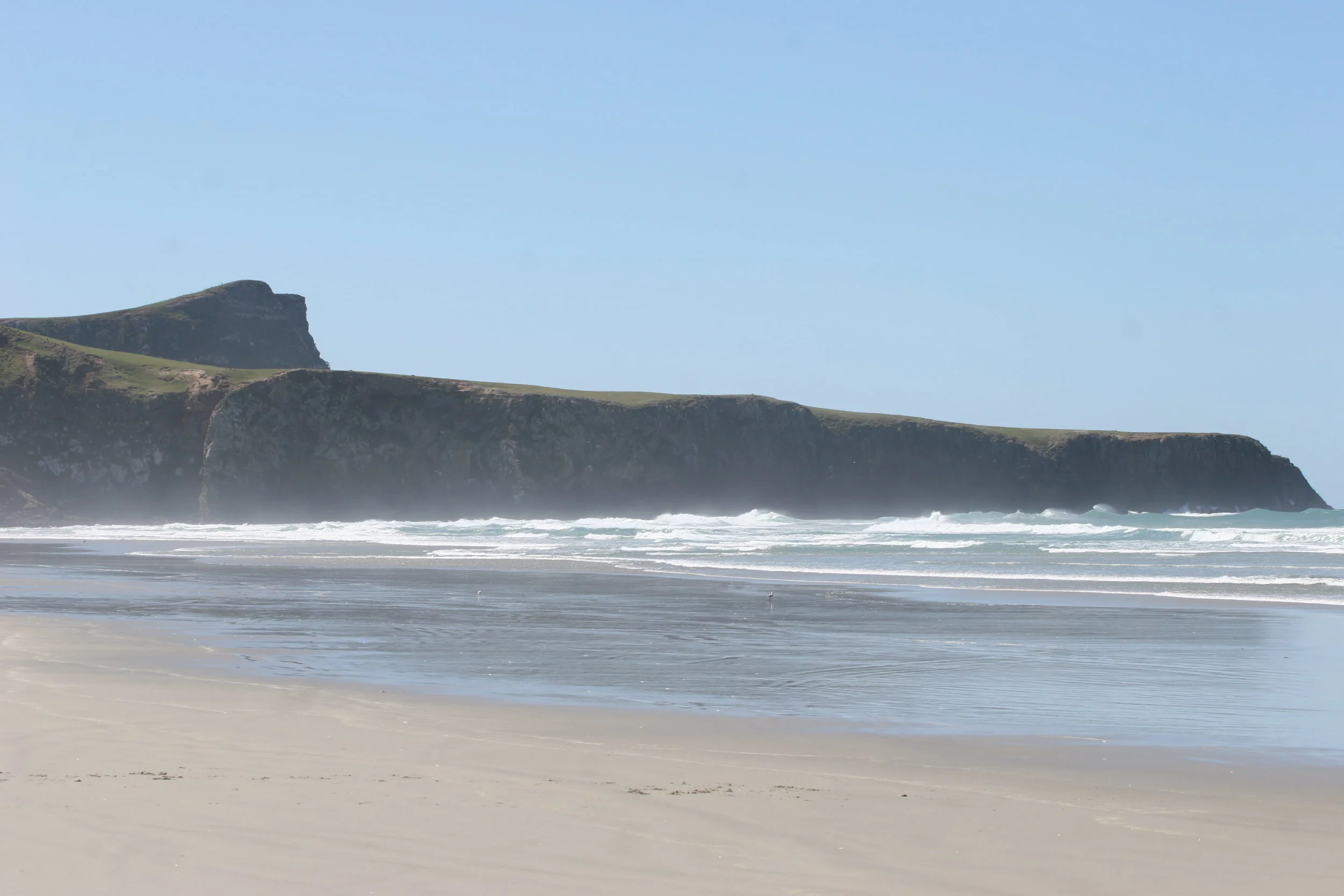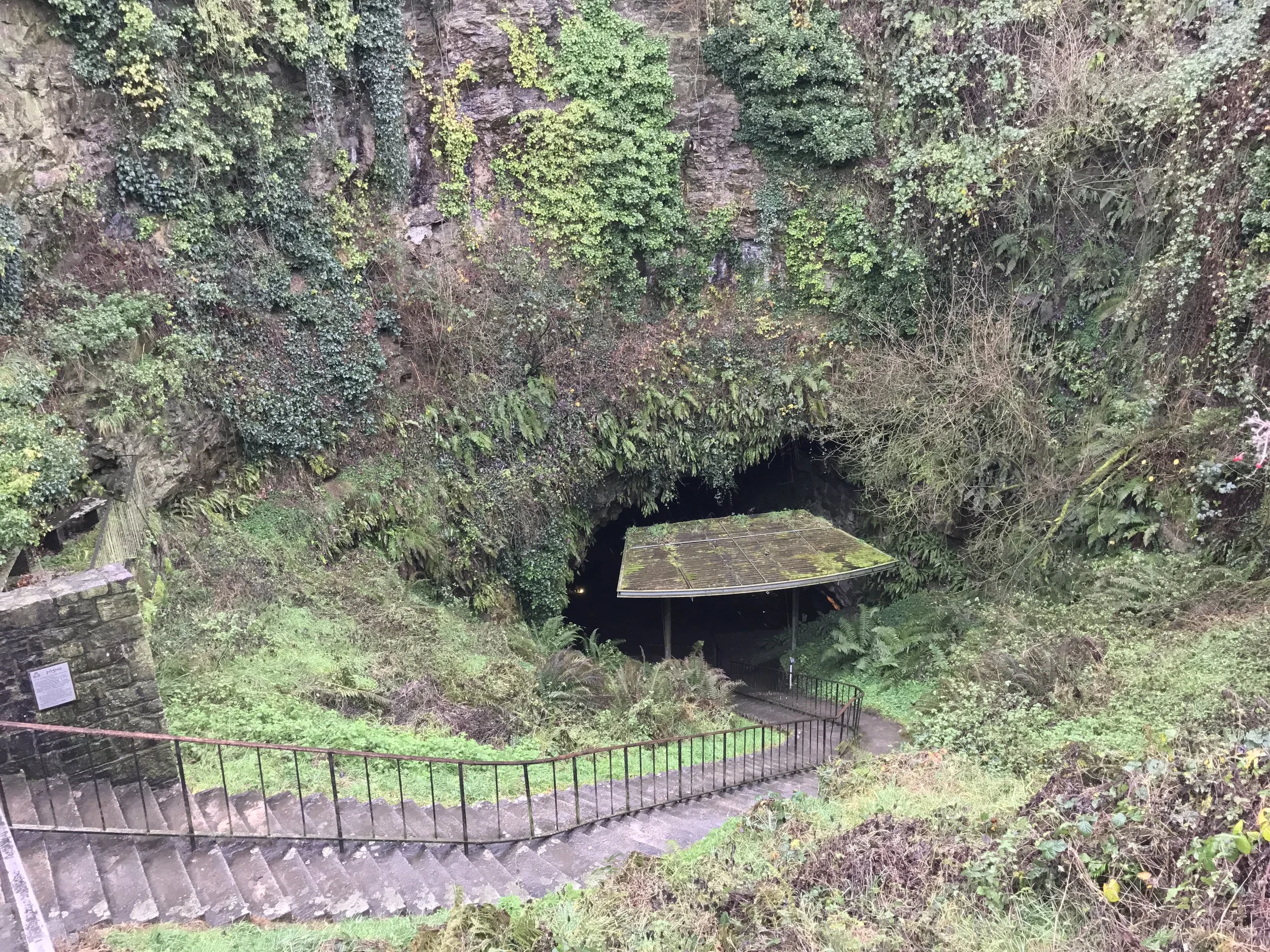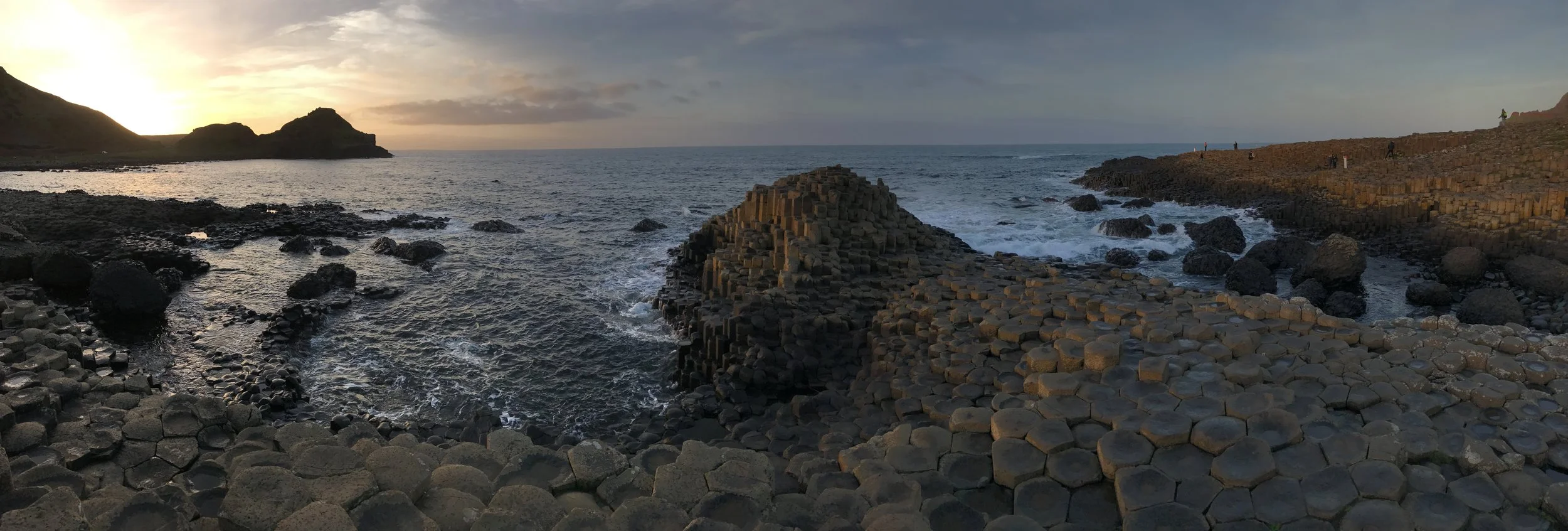Generally, winter months and winter sports get all of the publicity about proper layering for obvious reasons. For me, however, layering is just as important during the summer months, mainly because no matter where one goes and what one does, one will encounter long days, heat, and a lot of sun exposure. In this regard, having a reliable base layer than can keep one cool, not get soaked with perspiration, and hold up to the rigors of multi-sport activities is worth its weight in gold, especially if it does not become smelly after a long day.
Mahon's Rock
No matter what country one is in, there are always locations that have changed the direction of history. Some of these locations, like Gettysburg and Waterloo are well-known, and well visited. Other locations, like Mahon’s Rock in Ireland, are hardly visited, but are equally important. One of the most important historical figures in Ireland is Brian Boru, who became high king of Ireland in the late 900’s, before being killed at the Battle of Clontarf in 1014. However, what is not well-known is that Brian’s rise was predicated on the killing of his brother, Mathgamain (Mahon), who was, prior to his death, Brian’s leige, and the King of Munster. While Irish medieval history is complex, what is known is that in 976, Mahon was betrayed at a meeting that he thought would be with the Bishop of Cork, and kidnapped. Once kidnapped, he was brought to a remote location - Mushera Mountain - far from his base of power - and killed on the rock that remains to this day. In order to avenge his brother, Brian started a series of campaigns that ended with him ruling Ireland, and occupying his fateful place in history - things that would not have happened without the actions that occurred on a remote mountain on a remote rock.
Victory Beach
While the entirety of New Zealand has a number of pristine beaches, only one beach has a unique off-shore man-made feature and that beach is Victory Beach on the Otago Peninsula. The beach is named for the SS Victory, which, in 1861, ran aground at the end of the beach when under the control of one George Hand (who was later found to be intoxicated at the time of the wreck). While the majority of the wreck was auctioned off during the nineteenth century, and is now absent from the beach, one item remains - one of the huge flywheels of the wreck, which remains affixed about ten feet from the shore, a giant steampunk relic of a long-lost time.
Dunmore Cave
Unless one is an avid spelunker, one does not think of caves when one thinks of Ireland. However, the island is actually a location with a number of interesting geological features, including a number of caves that can be explored by a casual traveler. Generally, most of the caves in Ireland are known as “Show Caves”, which means they are operated by either a onsite concessionaire, or the government, and access is regulated via guided tours. While there are caves one can explore on one’s own, most notably in the Burren region, these caves are the purview of actual cavers, not casual tourists. Out of all of the caves in Ireland, there is only one cave that was the actual site of a mass murder, and that is Dunmore Cave.
Giant's Causeway
One of the most magical things about Ireland is that no matter where one goes in the country, that area is guaranteed to have a local legend of some sort. From Saints, to Holy Wells, to ghosts, monsters, the Devil himself, sprites, fairies, leprechauns and more, the land is inhabited by magical creatures and secret portals to other magical realms. And, with many places of otherworldly scenery, even if you are a non-believer, it is easy to see how such myths, legends, and stories came about. Out of all of these places, however, there is only one spot where one can visit where two giants battled, or depending on the account, where one giant tricked another, and that is the Giant’s Causeway in Northern Ireland.
Lone Pine Lake
At 14,505 feet, Mount Whitney is the tallest mountain in the continental United States, and one of the most popular spots to hike and climb. In addition to these things, it also has a number of high alpine lakes located nearby (such as the Meysan Lakes), and a number of lakes located along the trail to the summit - such as Mirror, Consultation - and Lone Pine Lake. While Lone Pine Lake is technically not on the trail to the summit, as it is off a short spur trail, it is a great short hike for beginner backpackers and hikers, and for those parties looking to take more than one day to summit Mount Whitney.
Pancake Rocks
From its northern tip to its southern stretches, the South Island of New Zealand has a number of unique geologic features like the Moreaki Boulders. While some of these locations require a bit of commitment to see, other features like the Pancake Rocks on the west coast of New Zealand are easily accessible. Further, as a whole, the west coast of New Zealand’s South Island is an area that, while it is isn't hidden, is wild as a whole. As a start, the west coast is one of the rainiest portions in the entirety of the island, with storms commonly coming off the Tasman Sea. It is also an area that in places, resembles a more tropical locale with pristine beaches, and has many sub-tropical rainforests that are in part, are protected in Paparoa National Park.








